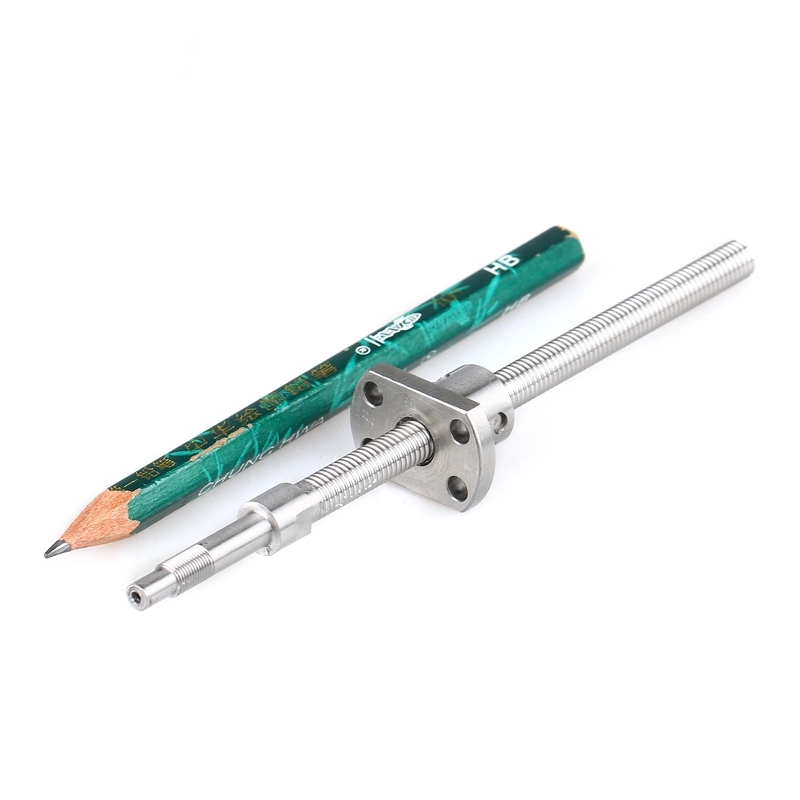- All
- Product Name
- Product Keyword
- Product Model
- Product Summary
- Product Description
- Multi Field Search
Views: 7 Author: Site Editor Publish Time: 2019-07-14 Origin: Site

The ball screw is mainly composed of a screw, a nut, a steel ball, a fixed seat, a wiper and a return pipe, and is further classified into an outer circulation type, an inner circulation type, and an end plug type circulating ball screw according to the circulation system.
The structure of the ball screw is traditionally divided into an inner circulation structure (represented by a circular reverser and an elliptical reverser) and an outer circulation structure (represented by a cannula).
These two structures are also the most commonly used structures. There is no essential difference between the two structural properties, except that the inner loop structure has a small installation and connection size; the outer loop structure has a large installation and connection size.
At present, there are more than 10 types of ball screw pairs, but the more commonly used ones are: inner circulation structure; outer circulation structure; end cover structure; cover structure.
The shape of the inner loop structure inverter is various, but the commonly used shapes are circular and elliptical. Since the circular ball has a short reverse passage, it is not as smooth as an elliptical structure.
Now, the best invertor structure is an elliptical inner channel structure. Since the ball reversal does not pass through the screw tip, similar to the outer loop structure, the screw tip chamfering error is eliminated to the reverse of the ball. influences. However, due to the complexity of the manufacturing process, the promotion of this structure has been affected.
Since the development of ball screws, it has been widely applied to the positioning precision control of various industrial machinery such as precision tool machines, industrial machinery, electronic machinery, and transportation machinery.